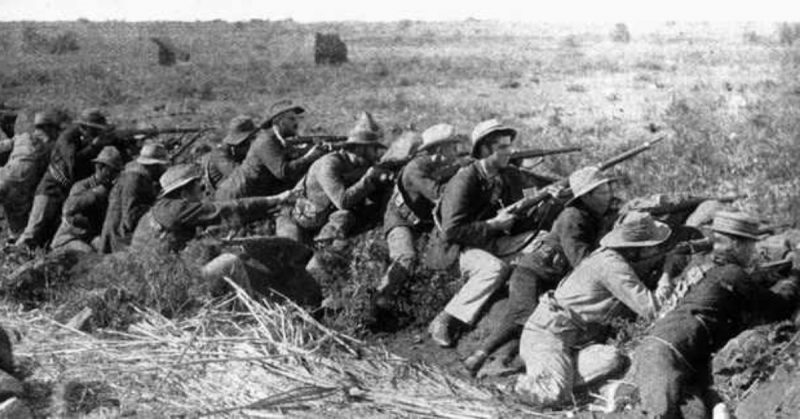The majority of French Canadians sympathized with the Boers.
Canada’s involvement in the Boer War – also known as the South African war – was significant for a number of reasons.
It was Canada’s first foreign war. It was also a war that divided the nation as not all Canadians supported their county’s involvement.
Canada was no longer a Colony but was a British Dominion. Although it was independent, it still had political allegiances and loyalties to the British Empire.
Not surprisingly, these were felt more strongly by the British than the French Canadians.
The Origins of the Boer War
The Boer War began in 1899 and continued until 1902. It was essentially a war between Britain and the Afrikaner settlers who had built new states in South Africa creating the republics of Transvaal and the Orange Free State. They were the descendants of mostly Dutch but also German and French settlers who had arrived in the 18th-Century.
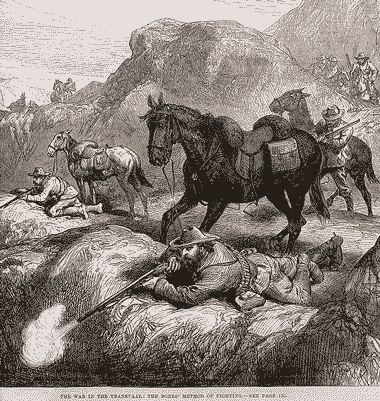
Throughout the 18th and 19th centuries, Britain succeeded in colonizing large parts of South Africa as part of its expanding empire.
By the end of the 19th century, it has taken control of the two major provinces of Natal and Cape and wanted to take over of the Afrikaner republics.
These states were very important because they were extremely rich in gold. Transvaal contained some of the best gold mines in the whole of Africa.
However, Britain claimed that the reason for its hostility towards the Afrikaner states was the treatment of the British and other foreigners who were employed to work in the Transvaal gold mines.
This assertion bought the British more sympathy and support for their cause. Nevertheless, it is now generally accepted that Britain’s primary motive was to get access to the wealth of the goldfields.
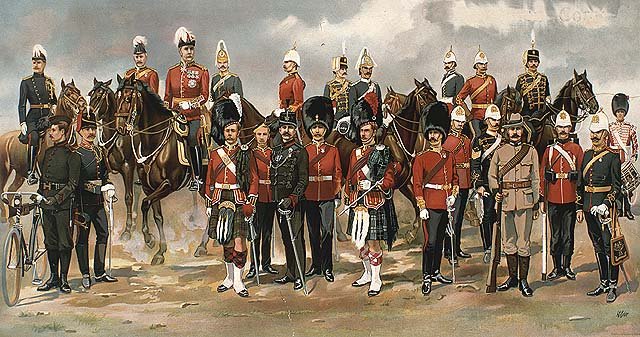
The Canadian view of the war
Canada joined almost immediately, sending its first troops out on the 30th of October. It was a move that divided the Canadian nation and also reflected deeper divisions in Canadian society.
While English-speaking Canadians supported the war and felt duty-bound to fight on behalf of the British Empire, the French Canadians did not.
The French Canadians were less supportive of the whole idea of a British Empire as they saw British Imperialism as a threat to their unique identity as a minority group within their own nation.
As a result, the majority of French Canadians sympathized with the Boers.
The Prime Minister Wilfred Laurier, who had no enthusiasm for getting involved in the war, agreed anyway because he was under pressure from other members of parliament and because the British Canadian population supported the war.
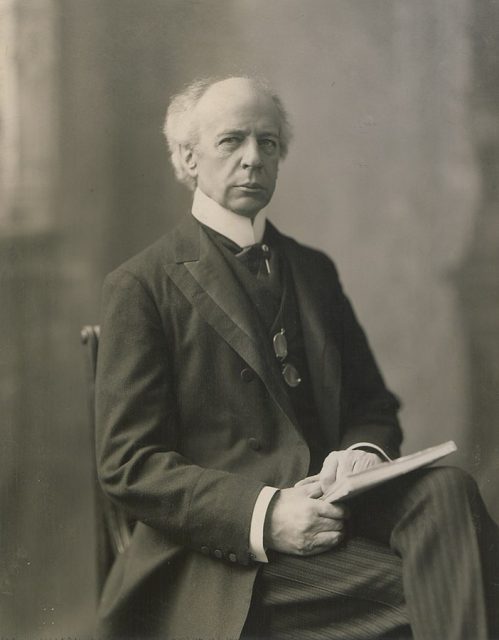
Another key figure who objected to Canada’s decision to send troops to South Africa was Henri Bourassa, a young liberal MP.
Bourassa resigned his seat in the House in protest. His particular objection was that the Government had made the decision to support the war without giving parliament the opportunity to vote on it.
On the other side was the patriotic English press who urged the Government to enter the war and support the mother country.
The soldiers who volunteered
When the war began, Canada did not even have a regular army.
The troops who sailed from Quebec on the 30th of October were 1,000 volunteers who made up 2nd (Special Service) Battalion of the Royal Canadian Regiment. In typical patriotic style, they were nicknamed “the gallant thousand.”
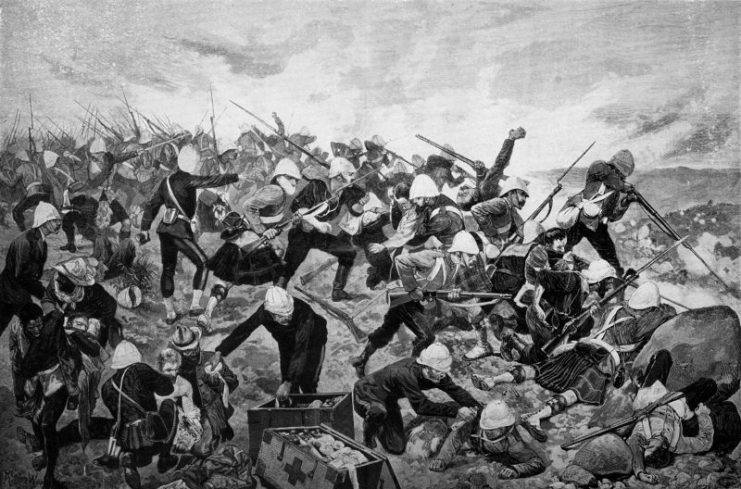
Despite the resistance of some Canadians, there were still many willing to volunteer. Another 6,000 volunteers were soon recruited. These were horsemen who accompanied the Canadian Mounted Rifles 1st regiment.
A further 1,000 volunteers helped to relieve the British soldiers stationed at Nova Scotia, allowing them to join their fellow countrymen in South Africa.
As well as the soldiers, there were a number of non-military personnel including nurses, chaplains, and blacksmiths.
The cost of the operation, which was partly met by the Canadian Government, came to almost $3 million.
The Key Battles for the Canadian Troops
Battle of Paardeberg
The most famous battle for the Canadians was the Battle of Paardeberg. On the 17th of February, 1,000 Canadian soldiers joined 15,000 British troops at Paardeberg near Bloemfontein.
Despite their superior numbers, the first assault did not bring much success. They made a second more successful attempt on the 26th of February.
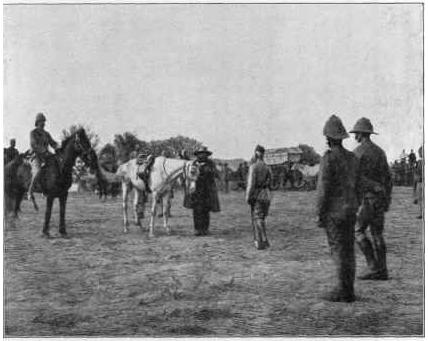
They launched a night attack which led to the Boers surrendering to the Canadians in the early hours of the following morning. There were casualties on both sides including 31 Canadian volunteers.
Leliefontien
The Battle of Leliefontien was a fierce battle with the British and Canadians fighting to retain control of the area. Tactics included burning villages and farms and killing both Boers and Africans.
Of those who survived, thousands were taken to concentration camps. Among the non-civilian lives lost were three Canadian soldiers.
Battle of Boschbult farm
Another important battle for the Canadians was the Battle of Boschbult farm — also known as the Battle of Harts. It took place on the 31st of March 1902 as the war was drawing to a close.
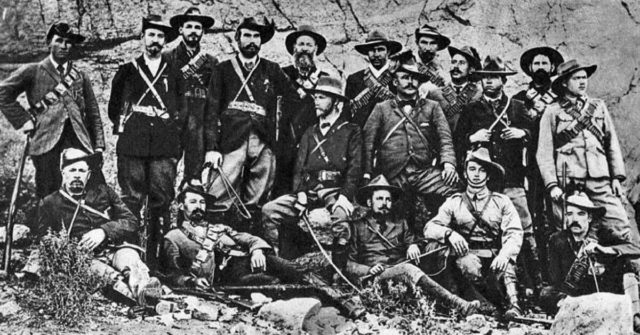
The British, along with 21 Canadian riflemen, found themselves facing a surprise attack while out on patrol in the Transvaal area.
The British were outnumbered. They tried to defend themselves from their positions around the farm buildings. The battle was intense, and they eventually surrendered when they had used all of their ammunition.
A total of 13 Canadians were killed and 40 wounded at the Battle of Boschbult, which was one of the fiercest battles on the Boer War.
After the war
As with any war, there are always individuals who are remembered for their bravery and service.
Among the Canadians, four received the Victoria Cross which is the highest commonwealth military honor. A further 19 were awarded the Distinguished Service Order.
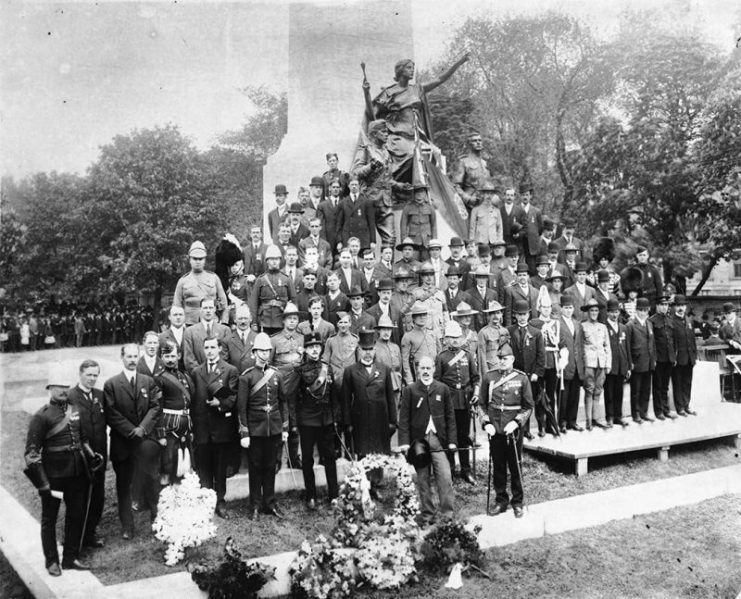
A senior nursing sister who had headed up a team of nurses received the Royal Red Cross in recognition of her work. Canadian volunteers were all awarded a bonus of $25.
Canada also sent 50 volunteer teachers to South Africa to help reconstruct the country. They worked mostly with the young people who were in concentration camps.
Since most of the Boers had surrendered, Transvaal and the Orange Free State became British colonies.
Read another story from us: Commandos – Keeping Discipline in the Boer Army
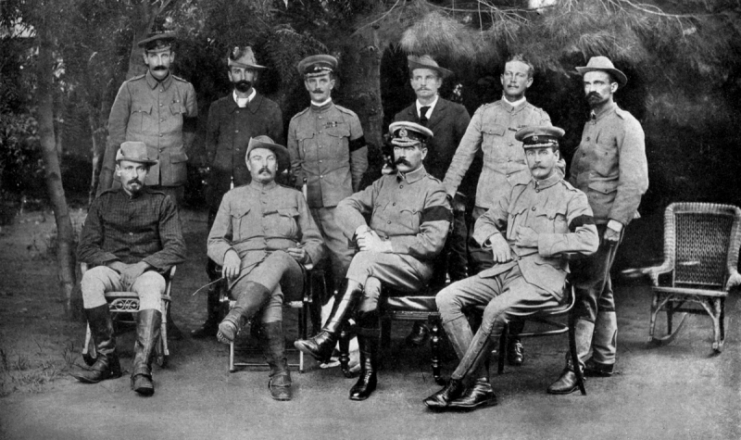
Negotiations began and, in May 1902, The Treaty of Vereeniging was signed.
The gold mining industry, which had been disrupted by the war, began to function again, and the British now had control of the lucrative gold reserves.
